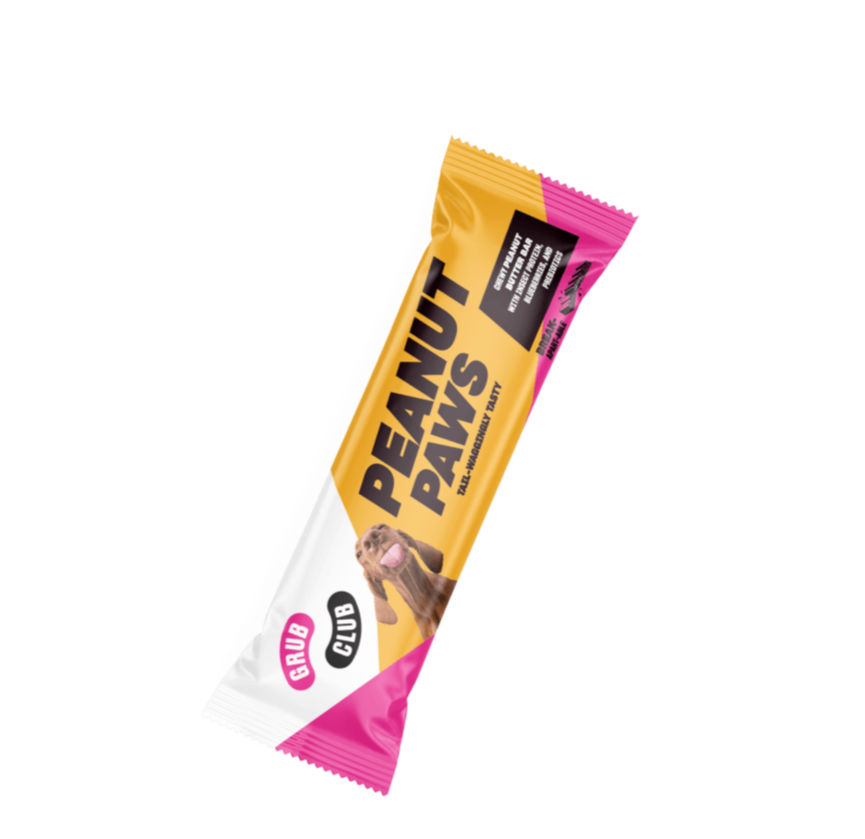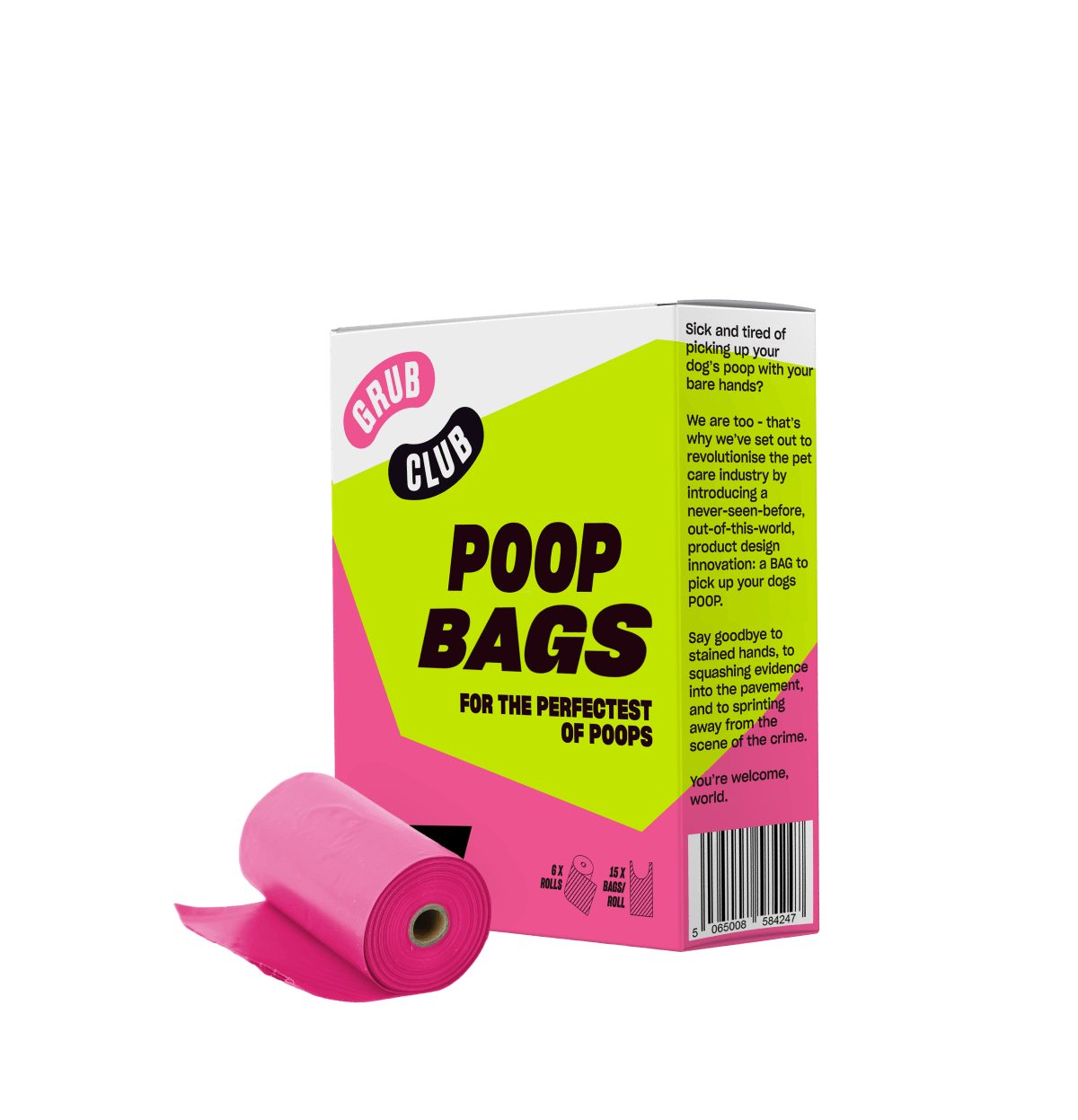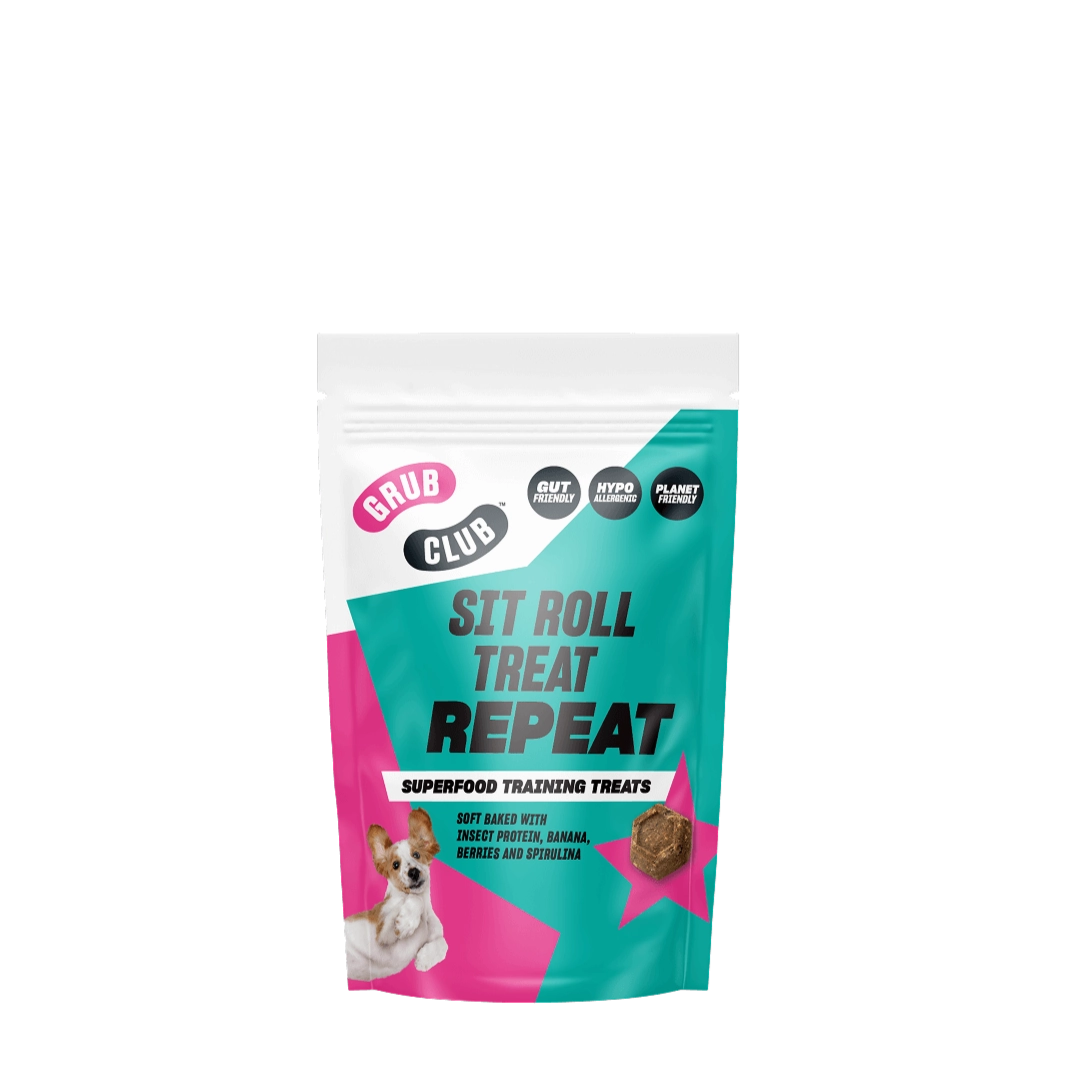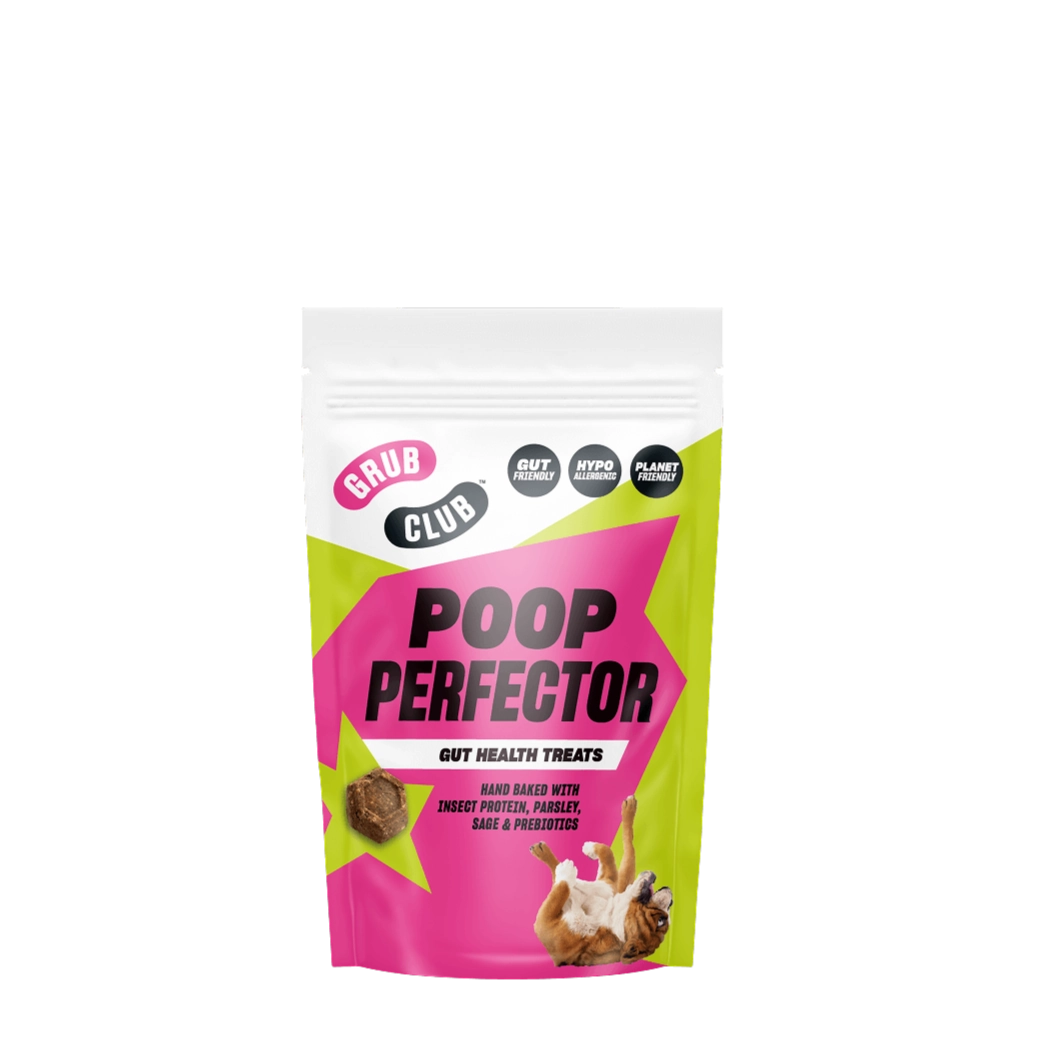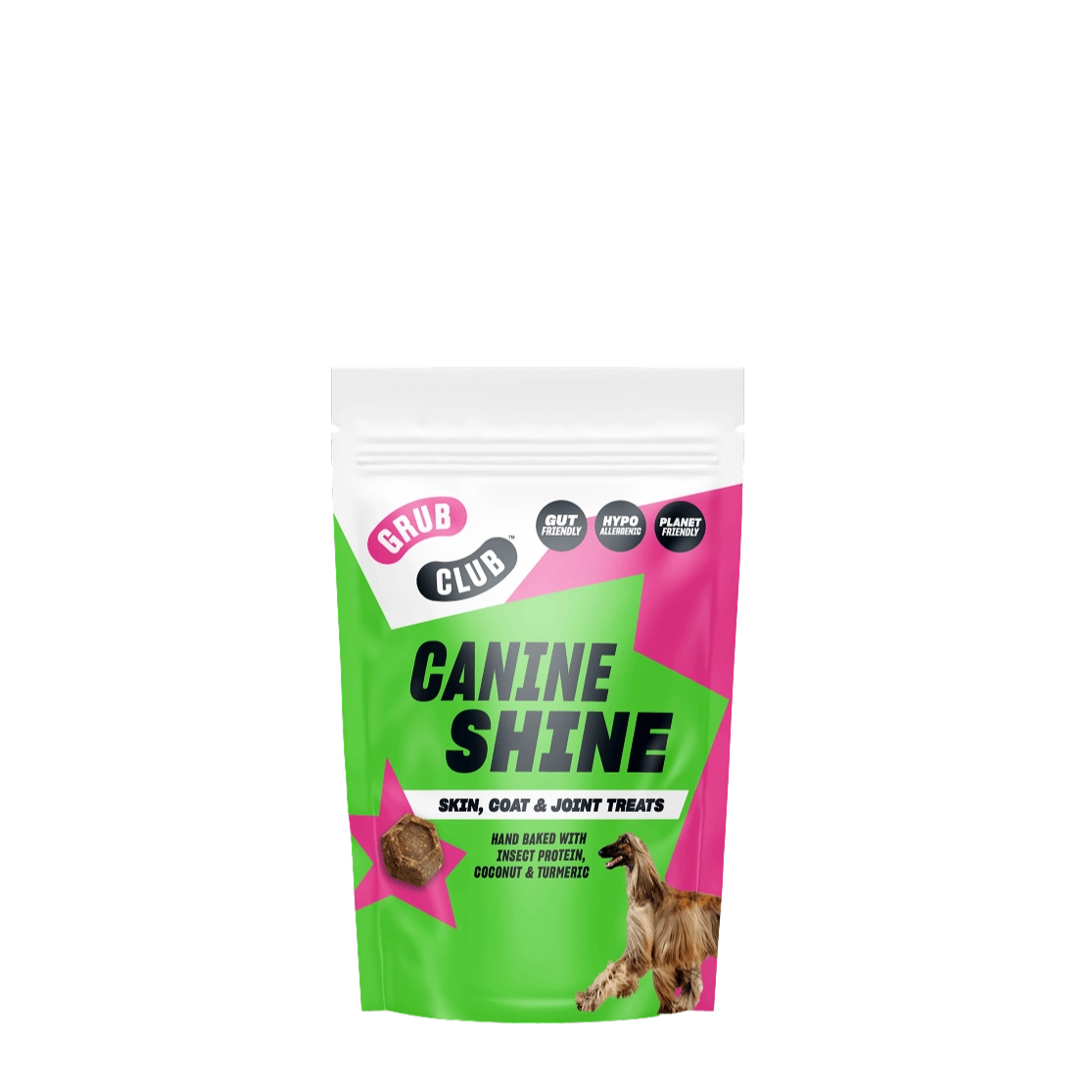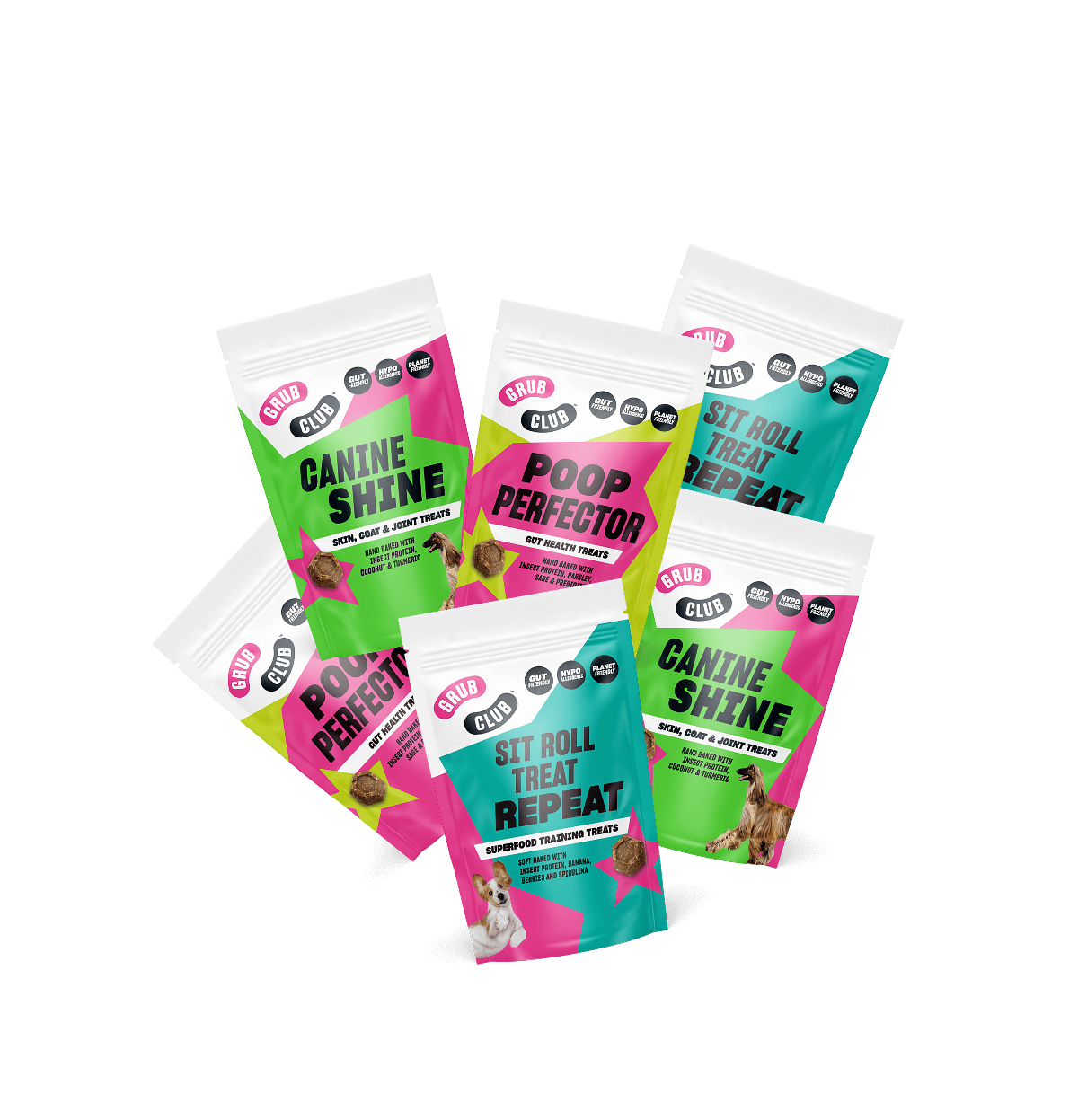Top Dog: All-In-One
Supplement for Snout-to-Tail Wellness
60 Scoops
FREE UK Delivery on orders above £49.
You have £0.00 in your cart, spend £49.00 more and get free shipping.
60 Scoops
1 Bar
72 Bags
1 Pack
1 Pack
1 Pack
Or continue without a name
CheckoutAs greedy dog owners ourselves, we know that mealtimes can be a bit of a frenzy for some dogs. With many pooches gobbling up dinner faster than you can say “wait”, we’re here to share some tips and tricks on how to slow them down and make mealtimes a more enjoyable and safer experience for your beloved canine companions.
Before we dive into the solutions, let’s understand why some dogs are prone to eating too quickly. Several factors can contribute to this behaviour:

Fast eating can lead to a variety of health issues for your dog, including:
Specialised slow-feeding bowls are designed with obstacles or patterns that make it more challenging for your dog to eat their food. These bowls force your pup to work for their meal, slowing down their eating pace and promoting better digestion. You can also use kongs and snufflemats for a similar effect.
You don’t have to break the bank to slow down your dog’s eating. Simple DIY techniques like placing a large ball or toy in their food bowl can achieve a similar effect. Alternatively, you can use gadgets like slow-feed mats that scatter the kibble, making it harder for your dog to vacuum it all up.
Food dispensing toys and puzzle feeders are excellent tools for both mental stimulation and slowing down mealtimes. These interactive devices require your dog to figure out how to access their food, providing entertainment and slowing down the eating process simultaneously.

In addition to using specialised tools and gadgets, you can implement mealtime strategies to help your dog eat more slowly.
Instead of serving your dog one large meal, consider dividing their daily food allowance into smaller portions and spacing them throughout the day. This not only staves off hunger pangs and slows down their eating but it also prevents overeating and aids digestion.
It may be advisable to not only revisit the daily allowance stated on their current food but also the quality of ingredients. A nutritionally balanced dog food should be high in protein and vitamins to provide your dog with the all round goodness they require to run, jump, fetch and function each day. A wholesome food should fill your dog’s tummy sufficiently and not leave them looking for more and more or struggling to last between mealtimes.
Establish a consistent feeding schedule for your dog. This routine can help them anticipate mealtime, reducing their excitement and the urge to eat quickly.
Hand-feeding your dog or using interactive feeding techniques like hiding small portions of their meal around the house can turn mealtime into a fun and engaging activity. This not only slows down their eating but also strengthens the bond between you and your furry friend.

So, if you have a greedy eater on your hands, don’t fret! There are plenty of effective ways to slow down your dog’s eating and promote a healthier mealtime routine. By understanding the reasons behind their speedy consumption and implementing some of these practical tips, you should be able to make some positive changes to your dog’s eating habits.

